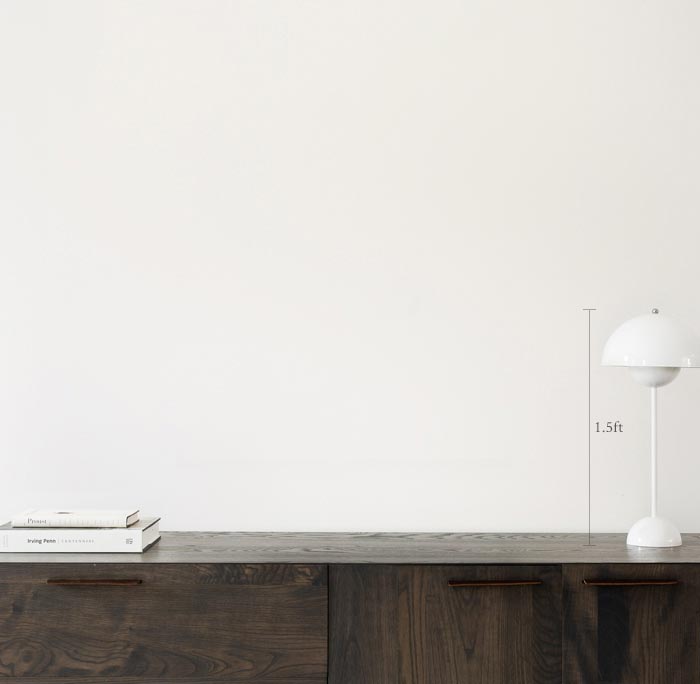


99 Views
0
View In My Room
Painting, Oil on Canvas
Size: 19.7 W x 27.6 H x 0.4 D in
99 Views
0
ABOUT THE ARTWORK
DETAILS AND DIMENSIONS
SHIPPING AND RETURNS
Ruggero Falanga's "Figure Mitologiche Allineate" is an intriguing work from his Milanese period, created in 1966. Measuring 50x70 cm, it is part of the "Serie Argento" and specifically the "Santoni" cycle. The painting, executed in oil on canvas with mixed techniques, explores mythological figures a...
Year Created:
2015
Subject:
Styles:
Mediums:
Medium:
Painting, Oil on Canvas
Rarity:
One-of-a-kind Artwork
Size:
19.7 W x 27.6 H x 0.4 D in
Ready to Hang:
No
Frame:
Not Framed
Authenticity:
Certificate is Included
Packaging:
Ships in a Box
Outdoor Safe:
No
Delivery Cost:
Shipping is included in price.
Delivery Time:
Typically 5-7 business days for domestic shipments, 10-14 business days for international shipments.
Returns:
14-day return policy. Visit our help section for more information.
Need more information?
Need more information?
Ruggero Falanga was born in Taormina on 3rd December, 1914, in a modest Southern family. Soon after Ruggero’s birth his father had migrated to the United States to seek his fortune there, but had no luck. He was to return only after the end of World War II, following a mining accident. His father’s departure placed the burden of the family on the shoulders of his mother. She earned money as an embroideress – an art at which she excelled – but it was hardly remunerative. Despite all kinds of difficulties and in the face of gossip, Ruggero’s mother, in a firm, poised and serene manner, managed to preserve the peace and reputation of her family. Ruggero worshipped her and it was to her that he was to turn for inspiration. The cycle of the “maternities” was to be one of the most important periods of his production. At his mother’s death in 1961, we was overcome with grief. He felt in a barren world – his father having died the previous year – and his outlook on life became even more disconsolate and dramatic. It was to be in that period that his art would reach the depths of exasperation; black became the dominant colour. The walls of his studio were entirely covered with images of grief, with human larvae, the symbol of existential lonliness. Falanga turned down an excellent job as a cloth designer for a fashion firm, a kind of work that he was extremely good at. Soon afterwards, he turned down another job in the film industry, which his friend and pupil, Gatti, had got for him. He even refused an offer the offer to paint the murals for a new church at Sestriere, a popular winter resort. He had thrown away a fortune to embark on an ascetic, penurious life; he had left behind the pragmatic world of money. In his Turin studio – right in the middle of the industrial capital of the north – he relives myth of his ancient Taormina, its freedom, its colours, its vitality. He lives in the heroic world of the Greek metope. In 1947 his representational phase inspired by the ancient mediterranean world, is over; Falanga moves on the abstract expressionism and tries out ever new ways. He exhausted himself and his themes, as well as using up huge quantities of artists materials. “I worked from Saturday at 9.30 pm until Monday morning non-stop. I cannot understand how I could be a slave to a kind of work that makes my head and even my body spin! I am unsatisfied over and over again.
Thousands of 5-Star Reviews
We deliver world-class customer service to all of our art buyers.
Satisfaction Guaranteed
Our 14-day satisfaction guarantee allows you to buy with confidence.
Global Selection of Emerging Art
Explore an unparalleled artwork selection by artists from around the world.
Support An Artist With Every Purchase
We pay our artists more on every sale than other galleries.